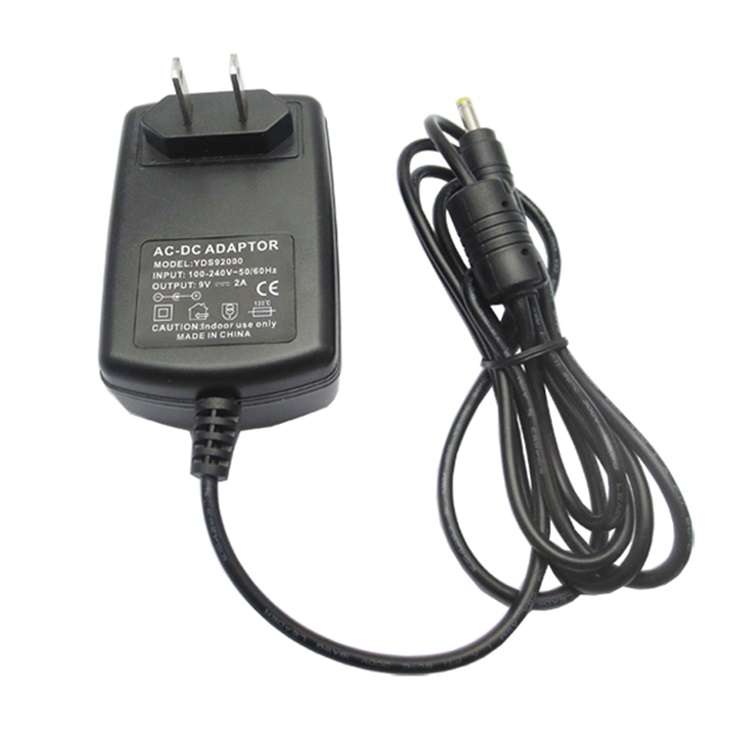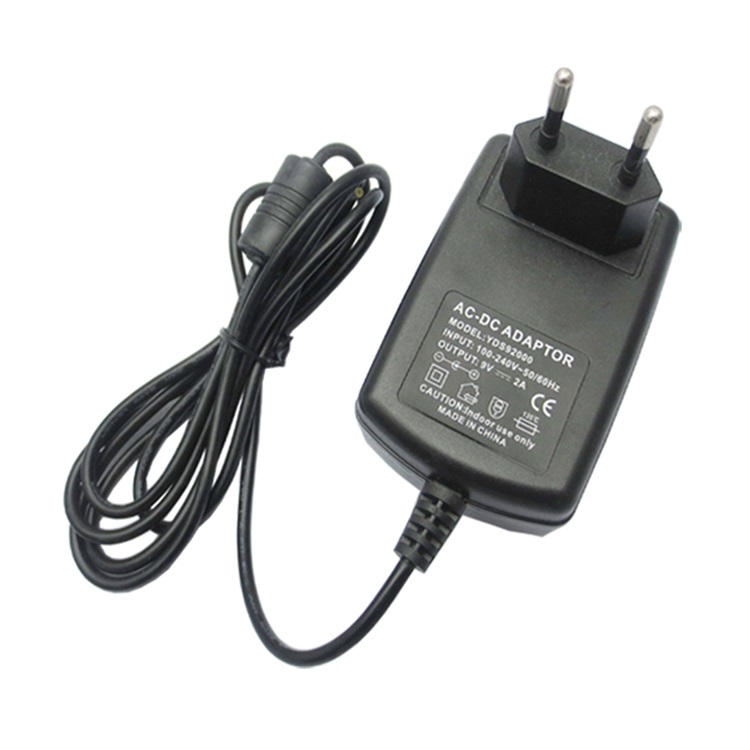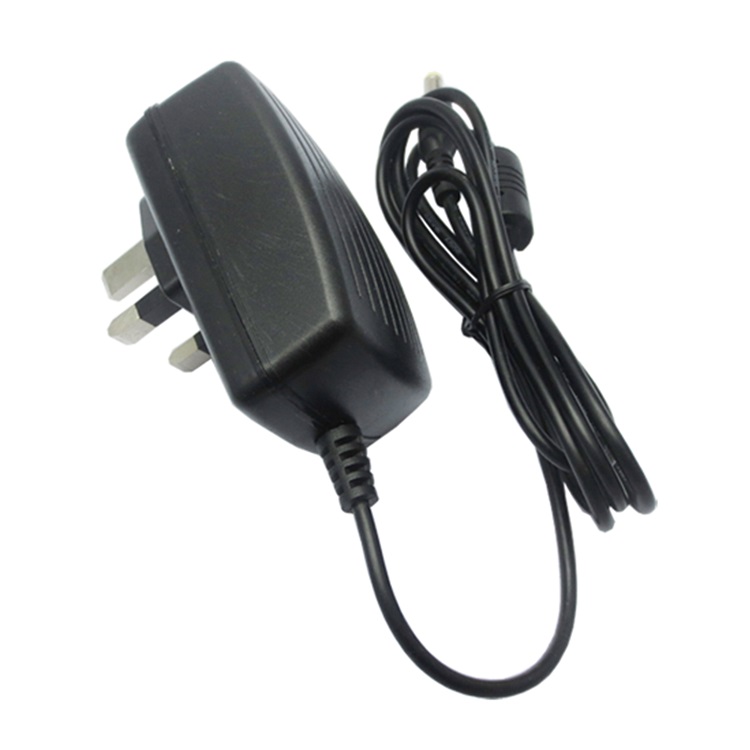Why China's lighting and lighting companies set up factories in the Mainland (Figure)
Growth and growth are always accompanied by troubles. With the rapid development of the lighting industry, the production capacity problem has always been the bottleneck for the further expansion of many enterprises. However, as the advantages of human resources in the coastal areas have been weakening year by year, the scene of millions of migrant workers in Guangdong is no longer. Many workers are willing to stay in the local development. Many enterprises in Guangdong and other places are facing difficulties in recruiting workers, and the labor costs of enterprises are still high. In addition, with the development of the market economy and the regional economy, the coastal areas have not had some preferential policies when they were just reforming and opening up relative to the mainland. Even many mainland governments have given some conditions far better than the coastal areas in order to attract investment. As a result, many lighting companies in the coastal areas set up factories in the mainland, which became one of the hot topics in 2007.
On March 18, 2007, the first phase of the NVC Lighting Wanzhou Production Base was officially put into operation. At this point, the first phase of the NVC industrial park will form 800,000 sets of grid light panels, 40 million sets of brackets, and 20 million sleeve lamps. It will become the largest lighting production base in the west. As the wind vane of China's lighting industry, what was the decision of NVC Lighting to set up a factory in the Mainland?
"Helpless and wise"
For this problem, NVC President Wu Changjiang said that although the completion of Phase I of the NVC Huizhou Industrial Park has strengthened its production capacity, during the peak season of sales, NVC has experienced insufficient production capacity and out-of-stock products. More than 30 million orders were not available in time in September last year. The strategic deployment of the Wanzhou production base is actually a “frustration and wise†strategy. The so-called "helplessness", first, the labor shortage, affecting the production speed, and the cost is gradually increasing; second, the supply of raw materials is insufficient, the production efficiency is reduced; third, the existing plant scale can not meet the production demand; fourth, the national market demand is large, The product's response and mobility are not strong; fifth, the cost of transporting goods to the country has increased significantly.
The so-called "wise", on the one hand, the Huizhou production base, the Wanzhou production base, one east and one west, plus the production base that NVC is building in Linyi, Shandong, forms a strategic pattern of three points and echoes, and the South China area has Headquarters radiates, there is Shandong in the north, and Wanzhou in Chongqing in the west. This will lay the foundation for NVC to further expand the domestic market, especially to the third- and fourth-tier markets. On the other hand, according to the principle of market proximity, this will be extremely Reduce the logistics costs and production costs of the company.
New strategic pattern
For the "frustration and wise" mentioned by Wu Changjiang, it has not been uncommon in the lighting industry in the past two years. It is believed that it is also a choice for all lighting companies to face together. Among them, the state relies on the acquisition of state-owned factories to set up regional factories in Henan, Hubei, Hunan and other places, using local resources and idle labor to produce energy-saving lamps, T8, T5 and other light source products, and plans to re-acquire this year. About three, continue to complete the production layout in the country; while NVC set up bases in Wanzhou, Chongqing and Linyi, Shandong, the former mainly produces downlights, T4, T5, grille lights and other products, the latter mainly produces ceiling lamps; Sanxiong? Aurora followed closely, and also built a production base in Wanzhou, Chongqing, so that products can be directly radiated to the northwest. Philips is obviously looking for OEM partners in Guangdong, Fujian, Zhejiang, Shanghai and other places, directly turning other factories into manufacturing centers in South China and Central China.
For this phenomenon, Mr. Zhang Haidong, a well-known marketing planner and marketing planning director of Zhongshan Haohao Planning Agency, believes that in the process of development, the company's production capacity can no longer meet the market demand, and re-investment and construction is an inevitable choice. As the advantages of human resources and investment costs in the Mainland are significantly better than those in the coastal areas. Take NVC as an example. The average worker salary in Chongqing Wanzhou Industrial Park is only 70% of that in Huizhou, Guangdong. This is very beneficial for NVC lighting to reduce costs in production. Coupled with the local government's many preferential policies on taxation and land, these are the reasons why companies tend to set up factories in the Mainland. In terms of strategic pattern, it is possible to set up factories in different places.
Enough to give the company's products a geographical advantage in local radiation. However, things are always relative. There are also unfavorable factors in setting up factories in the Mainland. Since the procurement environment of the logistics and production materials of the invested land is not as mature as the Pearl River Delta with perfect industrial structure, the logistics and raw material procurement will have an impact. .
Ms. Tang Xuefen, Marketing Director of Shanghai Hu Chen Lighting, believes that from the perspective of capital market, modern enterprises are heading towards group development, many companies are planning to go public, and factories in the mainland can get corresponding support from local governments in terms of funds and policies. At the same time of its own development, it can contribute to the local economic development, solve the employment problem of the local idle labor, and more can be recognized by the society, thus expanding the brand influence.
Setting up factories in the Mainland has become commonplace in other industries. For example, every city in Hangzhou, such as Wahaha and Tsingtao Brewery, will authorize a local company or set up a new company to complete the production tasks in the local market. For lighting companies, no matter which way they are deployed in China, it shows the progress of the lighting industry. In the near future, we may see a lighting local company in every large city. The author believes that this is a sign of industry progress and maturity.
? Shanxi has a new concept of lighting consumers to buy confused
? September home lighting business advertising rankings (Figure)
? NVC and GE cooperation economic globalization lighting thinking (Figure)
Guangzhou Baianju Tianhe store energy-saving lamps price comparison (table)
• Lighting needs are becoming more and more complex, power chips are being challenged by technology
1

Other than normal 5v/12v/24v wall Adapter, Yidahun also can produce 9V wall adapter.
9V Wall Charger are wall plug adapters with 9V output, the normal dc plug size 2.5*0.7mm, 3.5*1.5mm, 5.5*2.5mm, 5.5*2.1mm, mini USB and MICRO USB etc.
Yidashun wall Power Adapter are uitable for HD player, DVD, LCD TV, surveillance camera, LED display, LED light, USB hub, SDSL, repeater, radio, Speakers, Disk driver etc. and also Yidashun can customize the power adapter according to customer's request
There are different plugs for choose like: EU plug, US plug, UK plug, Australia plug, Argentina plug and Brazil plug etc which used in different countries. Customers can buy any plug wall adapter from Yidashun.



9V Wall Charger
9V Wall Charger,9V USB Wall Charger,9V Portable Wall Charger,9V Wall Mount Adapter
Shenzhen Yidashun Technology Co., Ltd. , http://www.ydsadapter.com